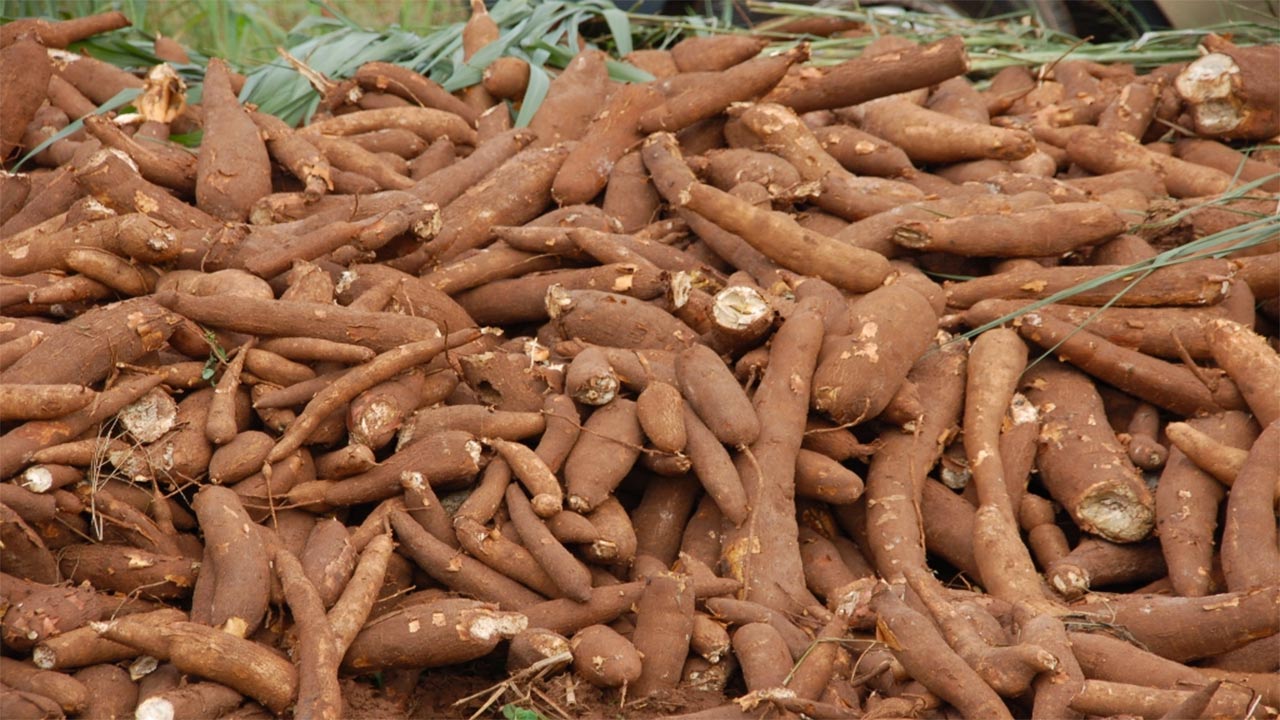In recent times there have been claims and counter claims on the health effect or rather consequences of replacing wheat flour with cassava flour in Nigeria.
In fact, two print media reported recently that the House of Representatives rejected a bill on mandatory inclusion of 40 per cent cassava flour in bread because it was alleged to be responsible for rising cases of diabetes in the country.
A school of thought says cassava flour has low glycaemic index (GI), is high in calorie and starch and thereby predisposes the consumer to obesity and diabetes.
They say cassava can be harmful if it not properly prepared to remove a toxic compound called hydrogen cyanide. Some researchers believe that the cyanide in cassava could cause diabetes, or that it could worsen the health of people who already suffer from diabetes.
Another school of thought says that if cassava is not properly prepared, it contains toxic compounds that may increase one’s risk of developing diabetes. However, they say cassava may be a healthier choice for diabetics than some other starches because of its relatively low GI.
They say one can minimise the risk of toxicity by choosing a sweet-tasting variety of cassava, and cyanide levels can also be greatly reduced through soaking and other processing techniques.
The GI is a rating system that can help diabetics predict how different foods will affect their blood sugar levels.
According to the Nutrition Society of Nigeria (NSN), cassava has a low GI of 46, which means that it is less likely than some foods to cause a rapid rise in blood glucose levels.
President NSN, Prof. Ignatius Onimawo said: “If you are diabetic, cassava could be a healthier choice than wheat and white potatoes, which have high GIs of 70 and 85 respectively.”
Onimawo said adding cassava flour would not increase the GI of bread. “It will not aggravate diabetes. In fact, it may lower it. The GI of wheat flour is higher than that of cassava. It is only whole wheat bread, that is wheat flour with bran intact; that has lower GI,” he said.
The nutritionist explained: “Now foods with low GI are foods that diabetics are advised to consume and cassava is not among the high GI foods. In fact, wheat flour has high GI from between 70 to 72 while cassava has a GI between 46 and 60.That is the range for cassava. Having that at the back of our minds, it then means that when you mix cassava flour with low GI with wheat flour that has high GI the blend that will come with the GI will come down.”
To the Minister of Agriculture and Rural Development, Dr. Akinwumi Adesina, the way to measure what can increase blood sugar or not is what is called the GI. He explained: “The index tells you how much and how quickly sugar is released into the body from consuming any food item. The higher the level of the GI, the higher is the likely effect of the food item in affecting sugar levels, as it means that the item will release sugar much faster into the blood system.”
“The higher the GI, the higher your pancreas has to work to produce insulin to process that sugar into what is called triglycerides. When you have too much sugar in your system, a situation called hyperglycaemia, your pancreas overworks itself and may give up. When it does, you have what is called diabetes.
“Scientifically, when glycemic index is lower than 55, it is considered low; when it is between 55 and 69 it is considered medium; and when it is greater than 70, it is considered in the high range.”
Researchers from the Departments of Physiology and Medicine College of Medicine University of Ibadan in a study titled ‘Glycemic indices of selected Nigerian flour meal products in male type 2 diabetic subjects’ published in Diabetologia Croastica compared cassava flour with yam flour, maize flour and wheat flour among diabetic patients.
The glycemic indices are: yam flour, 49.81; cassava flour, 59.34; maize flour: 54.83; wheat flour, 70.10.
The Minister argued that his shows clearly that cassava flour has much lower GI than wheat flour. “Yam flour has the lowest GI. Wheat flour, which is what we are being told to consume, has high GI. So, which one is good for you: cassava flour or wheat flour? It is clear, it is cassava flour,” Adesina said.
The minister further explained: “Now, let me compare the GIs for some of the exotic foods that are being promoted for Nigerians. Let us start with the French bread, popularly called ‘baguette’. The GI for French bread is 95, which puts it in the very high range for diabetes. White wheat flour has GI of 71, which is in the high range for diabetes. Take the foods eaten by the British, the popular English muffins. They have GI of 77, in the high range for diabetes. Now take whole-wheat flour bread, it has GI of 71, again on the high side.”
READ ALSO: 26 Amazing Benefits Of Cassava For Skin, Hair, And Health
“You all eat corn flakes every day, right? The GI of corn flakes is 82, which is very high. Only 100 per cent whole wheat bread (that is the one in which the husk and the bran are intact) has a glycemic index of 51, which is close to that of cassava in Nigeria at 59.”
Adesina said what this means is that cassava is better than wheat flour, French bread, English muffins and cornflakes! “Indeed, yam has the lowest of all, with glycemic index of 49, which is lower than even 100 per cent whole wheat bread,” he said.
Onimawo further explained: “So in essence, if we are going to attack diabetes, then the mix of cassava flour and wheat flour is even the right step to start with because by the time you combine cassava flour with that wheat flour, the GI of the overall product will come down because that of white bread is 70 as at now. So when you bring cassava flour into it, it may bring it down to about 60 or 60 point something thereby giving a better product that will now fall within the range of medium GI food. Right now, bread as it is, is in high GI group.
“So with the coming of cassava flour, you can bring it down to a medium GI food. So I don’ t know where the person got his information from. There was a survey that was conducted in Kenya and in that survey they found that out of over 1,380 people that were surveyed, they got their energy or calorie intake from cassava. About 86 per cent of that number got their calorie intake from cassava and none of them was diabetic.
“In the same survey, those who were diabetic in that community, they found that they rarely took cassava. They were eating other sorts of food. So cassava is not implicated as such anywhere as the causative effects for diabetes, that is the point I am making.”
Meanwhile, a study of 110 non-insulin dependent diabetics and 110 controls, published in Tropical and Geographical Medicine, failed to find evidence that chronic consumption of cassava flour containing significant amounts of cyanide, predisposes to diabetes mellitus.
Other studies have supported the use of cassava flour to prevent diabetes. A 1994 article published in the journal Acta Horticulturae, noted that cassava has been suspected of causing diabetes. However, several studies have shown a low incidence of diabetes in Africans who eat cassava regularly.
In one study published in the December 2006 issue of Fundamental & Clinical Pharmacology, none of the 1,381 subjects had diabetes, even though cassava accounted for a full 84 percent of their caloric intake. A second study, published in the October 1992 issue of Diabetes Care, noted that Tanzanians who ate cassava regularly had a lower incidence of diabetes than those who rarely ate it.
Author: Chukwuma Muanya





